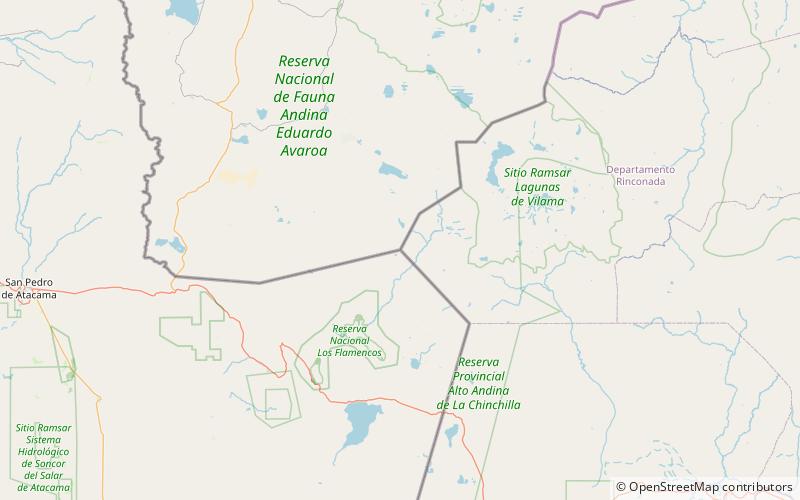Zapaleri


Facts and practical information
Straddling the remote tri-border area between Chile, Bolivia, and Argentina, Zapaleri stands as a testament to the awe-inspiring power of Earth's geological forces. This stratovolcano, lying at the junction of these South American countries, is not just a geographical landmark but also a beacon for adventure seekers and geology enthusiasts.
The Zapaleri volcano, with its summit reaching an elevation of approximately 5,640 meters (18,503 feet) above sea level, is part of the volcanic segment of the Andes mountain range. Its last known eruption is believed to have occurred in the Holocene epoch, which means that Zapaleri has been dormant for at least the past several thousand years. However, its history is etched into the landscape, with evidence of past lava flows and pyroclastic deposits that speak to its once-active nature.
Despite its dormant status, Zapaleri remains an object of scientific interest. It is characterized by a large caldera, a cauldron-like depression formed by the collapse of land after an eruption, and a central cone that rises from the caldera's floor. The volcano's remote location makes it a less frequented site, preserving its natural state and providing a pristine environment for research.
Zapaleri's isolated position also contributes to its allure for those who seek the road less traveled. The journey to the volcano is an expedition through some of the most rugged and breathtaking landscapes in the Andes. The stark beauty of the high-altitude desert, combined with the challenge of reaching this off-the-beaten-path destination, makes a trip to Zapaleri a unique experience for visitors.
Antofagasta
